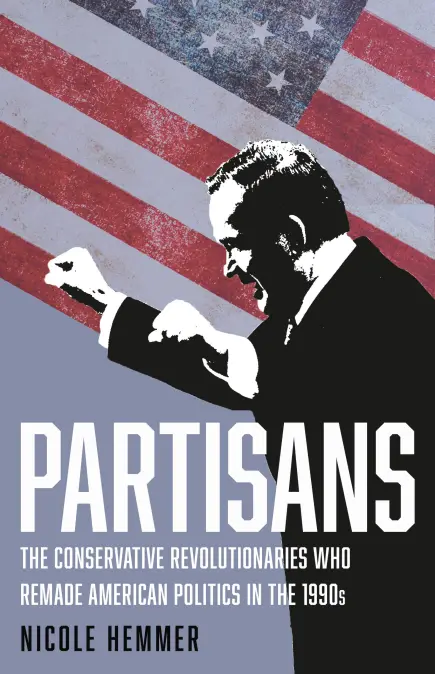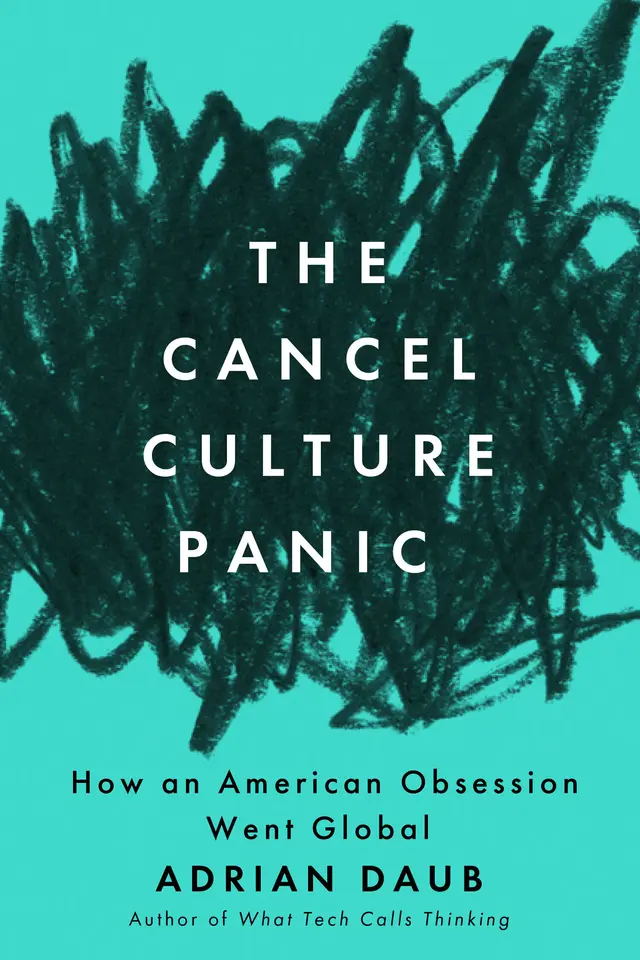Partisans: The conservative revolutionaries who remade American politics in the 1990s
Basic Books, $57.25 hb, 368 pp
Disorganised discontent
Beginning just as the Cold War finally came to an end, the 1990s were supposed to bring peace, prosperity, and optimism to the United States. Thinking about all that has happened since – the 9/11 attacks, interminable wars in Afghanistan and Iraq, the global financial crisis, violent unrest and democratic institutions under threat – it is tempting to look back on the decade as a short-lived golden age. But there has been a growing recognition among scholars and commentators that the roots of America’s contemporary woes can be found in the dark undercurrents of the fin de siècle. Strong economic growth and rapid technological advances had masked growing discontent and rage about inequality, immigration, and globalisation.
From Francis Fukuyama’s proclamation of the end of history and ‘an unabashed victory of economic and political liberalism’, to the neoconservative think tank Project for the New American Century’s visions of ‘benevolent global hegemony’, the 1990s were the high point of arrogant American exceptionalism. As politicians from both major parties pursued violent and élitist economic and foreign policy goals with little democratic input, many Americans grew angrier and angrier. In electing Donald Trump as president in November 2016, they found a way to punish the establishment that had betrayed them, regardless of Trump’s ability to deliver genuine change.
Historian Nicole Hemmer, whose name Australian readers may recognise from her frequent columns on US politics in Fairfax newspapers throughout the Trump presidency, captures the contradictions and cataclysms of this extraordinary period in her excellent second book, Partisans: The conservative revolutionaries who remade American politics in the 1990s. The story it tells should put paid to any remaining delusions about the United States as ‘the indispensable nation’ or ‘the last best hope of mankind’.
Although the book is framed around the upheavals of the 1990s, it covers the evolution of right-wing thought and action from the 1980s through to the 2010s, concluding with the nomination and election of Trump. Hemmer moves methodically through the presidencies of Ronald Reagan, George H.W. Bush, Bill Clinton, George W. Bush, and Barack Obama, analysing and explaining the manifestations of right-wing and populist rage along the way. As an expert on conservative media – the subject of her first book, Messengers of the Right (2016) – she is especially attuned to the role that the transformation of the media has played in the radicalisation of US politics.
Continue reading for only $10 per month. Subscribe and gain full access to Australian Book Review. Already a subscriber? Sign in. If you need assistance, feel free to contact us.















Leave a comment
If you are an ABR subscriber, you will need to sign in to post a comment.
If you have forgotten your sign in details, or if you receive an error message when trying to submit your comment, please email your comment (and the name of the article to which it relates) to ABR Comments. We will review your comment and, subject to approval, we will post it under your name.
Please note that all comments must be approved by ABR and comply with our Terms & Conditions.